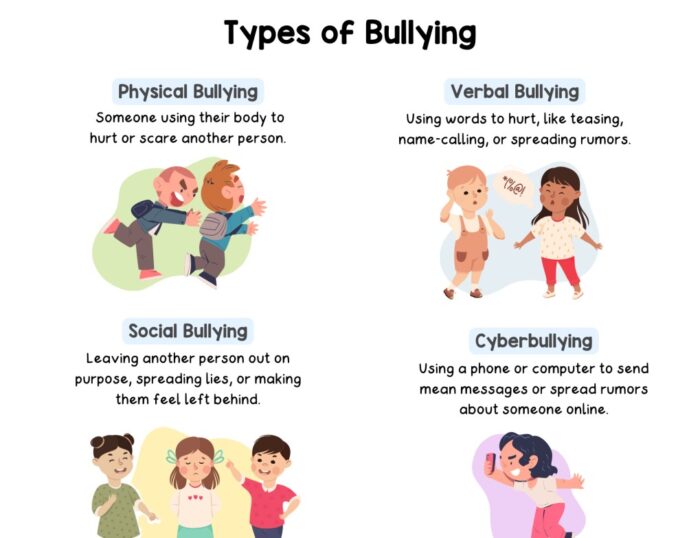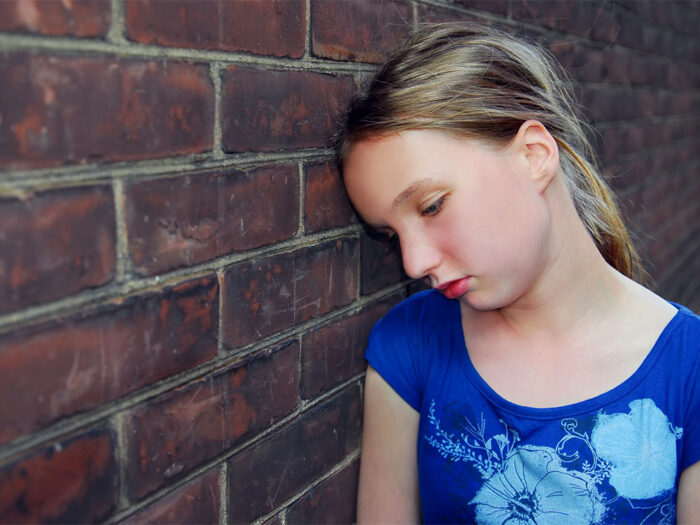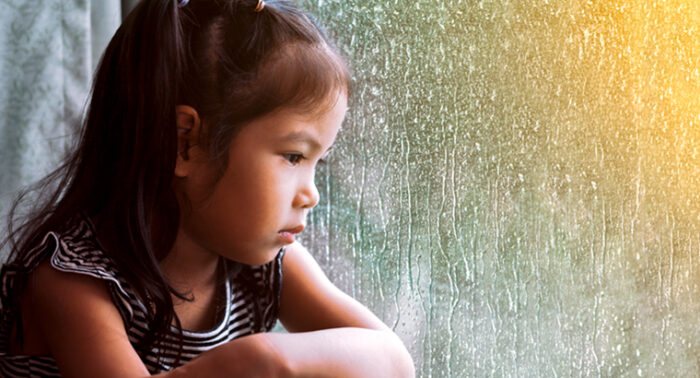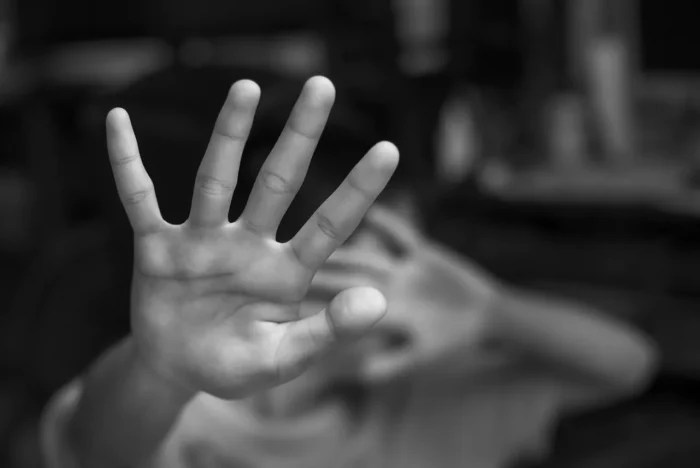
Bullying is an all-too-common experience for many children and teenagers in the United States. Imagine walking into a school every day, knowing you might face taunts, threats, or even physical harm. Sadly, this is the reality for many students. According to the CDC, one in five high school students reported being bullied on school grounds within the previous year. This alarming statistic highlights the pervasive nature of bullying in our schools.
Bullying affects children and teens from all walks of life, but it doesn’t impact everyone equally. For instance, younger students, especially those in middle school, face higher rates of bullying compared to their older peers. The environment also plays a role; students in rural areas report higher instances of bullying than those in urban or suburban settings. Moreover, certain racial and ethnic groups, such as American Indian and Alaska Native students, experience bullying at significantly higher rates. These insights remind us that bullying is a complex issue, touching diverse communities in various ways.
Types of Bullying

Bullying can manifest in several forms, each having its unique characteristics and impacts:
- Physical Bullying: This includes acts of physical aggression such as hitting, kicking, or pushing. It is the most visible form of bullying and often leaves physical marks or injuries.
- Verbal Bullying: This type includes name-calling, insults, teasing, and threats. Though not as visible as physical bullying, verbal bullying can be equally harmful, damaging a child’s self-esteem and emotional well-being.
- Social Bullying: Also referred to as relational bullying, this form involves harming someone’s reputation or relationships.Examples include spreading rumors, social exclusion, and public humiliation.
- Cyberbullying: This modern form of bullying occurs through digital platforms such as social media, text messages, and emails. It includes sending harmful texts, spreading false information online, and creating fake profiles to harass individuals.
Bullying in the Modern Day
In today’s digital age, cyberbullying has emerged as a major concern. Social networks provide bullies with new platforms to harass their victims, often anonymously and round-the-clock. Unlike traditional bullying, which usually ends when the school day does, cyberbullying can follow children and teens home, making it relentless and inescapable. The anonymity provided by the internet emboldens bullies, leading to more aggressive and harmful behaviors. Cyberbullying can be particularly damaging because it can go viral, spreading the harm to a wider audience and increasing the victim’s sense of isolation and helplessness.
Signs of a Bullied Child

Recognizing the signs of a bullied child can be difficult, as many children are reluctant to talk about their experiences. However, certain behavioral and emotional changes may indicate that a child is being bullied:
- Unexplained injuries or damaged belongings
- Frequent headaches or stomach aches, feeling sick or faking illness
- Changes in eating habits, like suddenly skipping meals or binge eating
- Difficulty sleeping or frequent nightmares
- Declining grades, loss of interest in schoolwork, or not wanting to go to school
- Sudden loss of friends or avoidance of social situations
- Feelings of helplessness or decreased self-esteem
- Self-destructive behaviors, such as running away from home, harming themselves, or talking about suicide
Signs of a Child Who Bullies

Understanding the signs of a child who bullies is equally important in addressing the issue:
- Involvement in physical or verbal fights
- Having friends who bully others
- Increasingly aggressive behavior
- Frequent trips to the principal’s office or detention
- Unexplained extra money or new belongings
- Blaming others for their problems
- Not accepting responsibility for their actions
- Worrying about their reputation or popularity
- What to Do if Your Child is a Victim or a Bully
If Your Child is a Victim:
If your child is a victim, it’s crucial to foster open communication, encouraging them to talk about their experiences without fear of judgment while actively listening and validating their feelings. It’s important to document the bullying by keeping a record of incidents, including dates, times, and descriptions.It is crucial to report the bullying to school authorities and follow up on the measures taken to address the issue. Support your child by reassuring them that they are not alone and that the bullying is not their fault. Additionally, involve them in activities that enhance their confidence and self-esteem. Seeking professional help through counseling or therapy can also assist your child in coping with the emotional impact of bullying.
If Your Child is a Bully:
If your child is a bully, it is important to understand their behavior by talking to them to uncover the reasons behind their actions, which may stem from their own insecurities or issues at home. Setting clear expectations about respectful behavior and the consequences of bullying, along with modeling positive behavior by demonstrating empathy, kindness, and appropriate ways to handle conflict, are key steps. Encouraging empathy by helping your child understand the impact of their actions on others and prompting them to consider how they would feel in a similar situation is also vital. Additionally, seeking professional help through counseling or therapy can be beneficial in addressing underlying issues and teaching healthier ways to interact with others.
The Psychological Impact of Bullying

Bullying can have profound and lasting psychological effects on both victims and perpetrators, often necessitating the involvement of child psychiatry or therapy for children.
Victims of bullying are at increased risk for:
- Depression and Anxiety: Experiencing bullying can lead to severe anxiety and depression, sometimes lasting into adulthood.
- Low Self-Esteem: Persistent bullying erodes self-confidence, leading to a negative self-image.
- Academic Issues: Bullying can result in decreased academic performance and a lack of interest in school.
- Physical Symptoms: Victims may experience psychosomatic symptoms like headaches, stomach aches, and other stress-related illnesses.
- Social Isolation: The fear of being bullied can lead to withdrawal from social interactions and a lack of friends.
For children who bully, the psychological impact can include:
- Behavioral Problems: Bullies are more likely to engage in risky behaviors such as substance abuse and criminal activities.
- Relationship Issues: They may struggle to form healthy relationships due to a lack of empathy and poor conflict resolution skills.
- Academic Challenges: Like their victims, bullies may also experience academic difficulties and a disinterest in school.
Where to Seek Help
If you or someone you know is affected by bullying, several resources are available:
- School Counselors: Trained professionals who can provide support and resources for both victims and bullies.
- Mental Health Professionals: Therapists and counselors specializing in children and adolescents can offer tailored support and coping strategies.
- National Bullying Prevention Center: Offers resources and support for bullying prevention and intervention.
- gov:A government resource providing information and assistance for those affected by bullying.
- Local Community Organizations: Many communities have organizations dedicated to supporting victims of bullying and promoting positive behaviors among youth.
Bullying is a serious issue that requires collective efforts from parents, educators, and communities to effectively address. By understanding the signs, impacts, and available resources, we can create a safer and more supportive environment for all children and teens.











